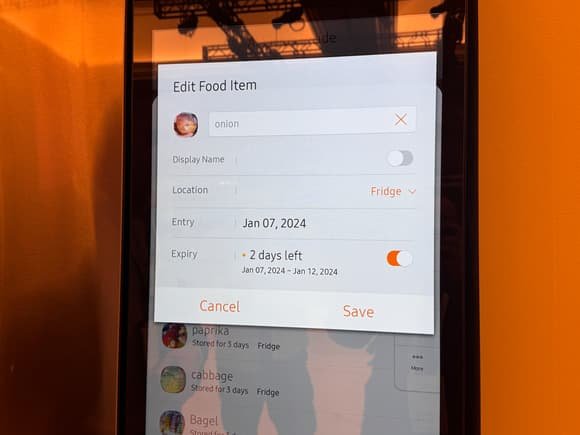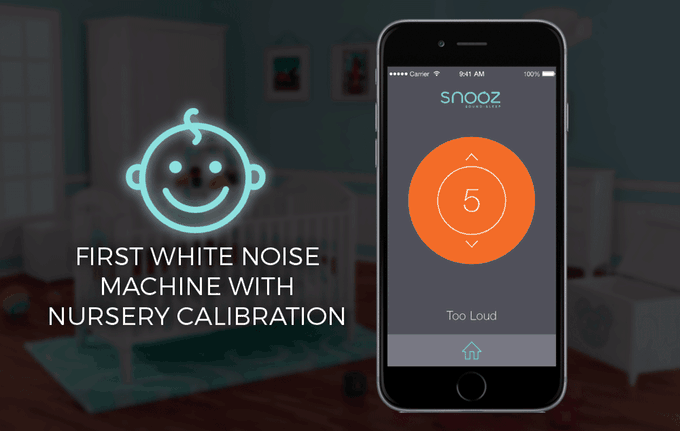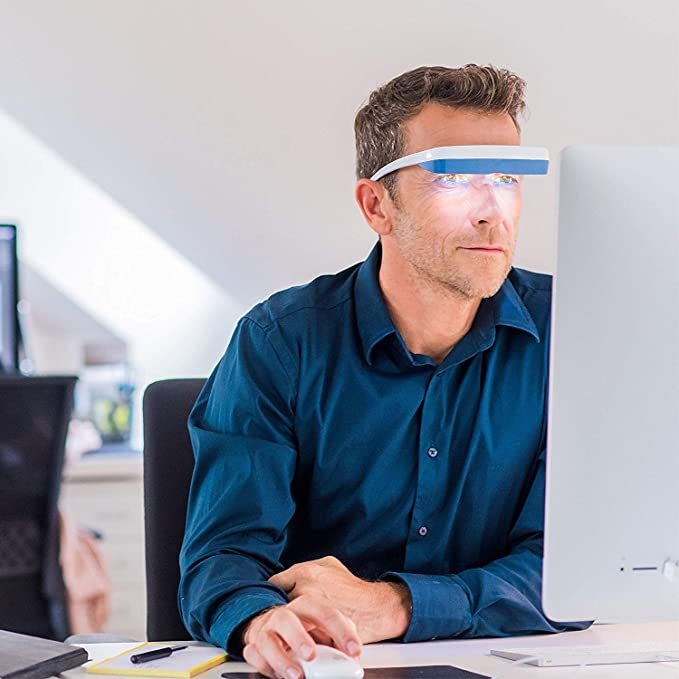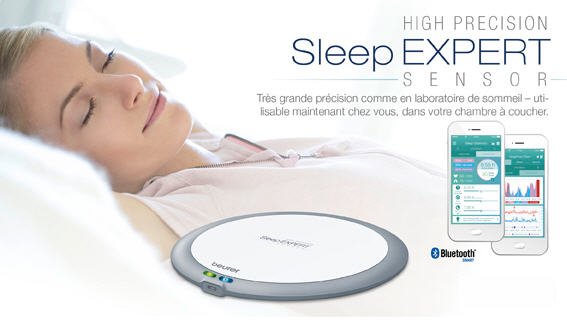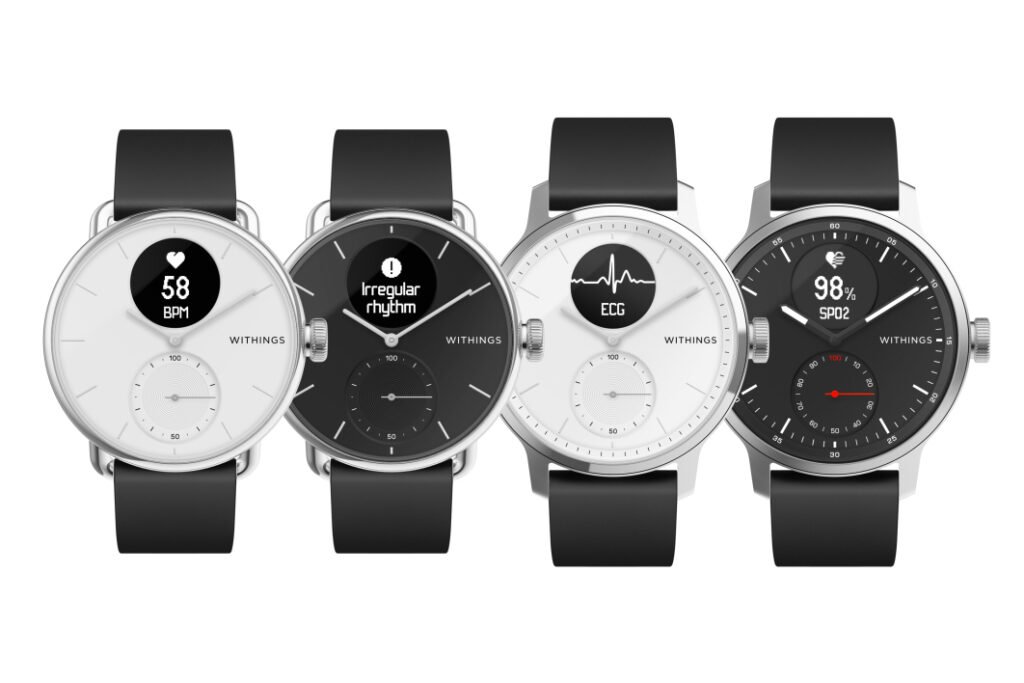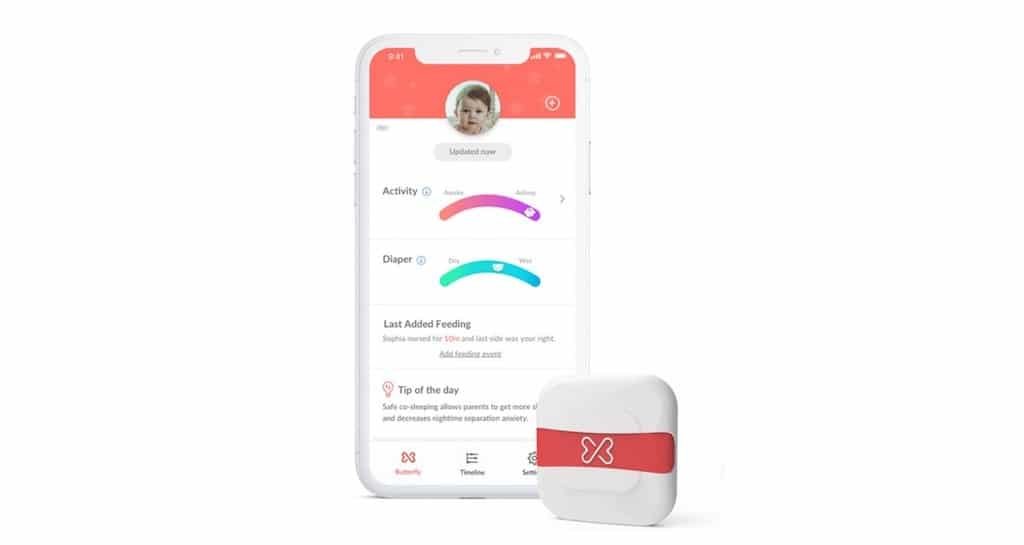Smart health devices seems to us to correspond to the practice of current general medicine. However, because of the multitude of smart health device we certainly could not be exhaustive.There are some smart health devices deployment engines that you need to know.
The novelty of these smart tools is currently leading to few scientific validations. We will discuss the possible drivers of deployment of smart health devices in the daily practice of general practitioners and patients.
Smart health devices Deployment Engines
. Improved compliance
Poor compliance is a real public health problem.
According to WHO “Solving the problem of non-adherence would be more effective than the advent of any medical progress”.
The use of new technologies seems to be able to partially answer this problem:
– The sending of SMS to reinforce the observance has already been proven in the short term. However, the automatic reception of such a reminder could trivialize this type of message. With the development of connected pilluliers making it possible to monitor drug intake, alert messages are sent only in case of forgetting, thus reinforcing long-term compliance.
– Diabetes also benefits from these advances. Insulin therapy requires a restrictive self-monitoring, both painful and multi-day. This control, however, is considered by diabetologists as a key pillar in the management of diabetes and would be performed 3 times per day on average, which remains insufficient. However, it is accepted that there is an inverse relationship between the number of self-monitoring and the HbA1c level, a value close to 7% is recognized as decreasing the incidence and aggravation of micro and macrovascular complications.
The development of a device such as the Free Freestyle reader makes it possible to reach an average of 16.3 glycemic controls per day, putting HbA1c from% to 6.7% and decreasing the risk of hypoglycemia from 15 to 49% confirming the improved compliance with these new devices.
. The patient actor of his health:
The place of the patient in relation to his illness has evolved a lot in recent years. The American sociologist TALCOTT PARSONS was one of the first to try to define the doctor-patient relationship in 1951. His work helped to identify the paternalistic model in a context that followed the Second World War. At this time, medicine was able to assert its full power related to the treatment of infectious diseases through antibiotics.
There was an asymmetrical relationship, with on one side the physician imposing his knowledge and authority, and on the other side an obedient and passive patient.
With the aging of the population and the increase in the prevalence of chronic diseases, the goal of healing gradually gave way to a goal of controlling the disease. The patient, anxious to appropriate the best his disease felt the need or better information.
“Everyone has the right to be informed about his state of health. This information covers the various investigations, treatments or preventive actions that are proposed, their usefulness, their possible urgency, their consequences, the frequent or serious risks that are normally foreseeable, as well as other possible solutions and the foreseeable consequences. in case of refusal “
At the same time, the advent of the internet has made it possible to share medical information with the general public, hitherto almost exclusively held by health professionals, giving full meaning to informed consent and shared decision-making.
DMC / OCS bring new possibilities for the patient, who can become a player in his own health. It is now possible for any individual to know every moment his heart rate, blood pressure … and change his lifestyle accordingly without waiting for a medical consultation.
.Artificial Intelligence (AI) and Deep Learning (DL)
AI is defined as the set of theories and techniques used to create machines capable of simulating human intelligence.
DL (deep learning) is a branch of AI based on a system of artificial neurons able to learn independently by training with a multitude of data, the Big Data.
The interpretation of this Big Data thanks to numerous algorithms makes it possible to find previously invisible correlations between certain data and the appearance of a pathology. The preventive medicine that we are practicing now is moving towards a predictive medicine.
a system capable of detecting diabetic retinopathy at the back of the eye
a system that can diagnose cutaneous cancers.
These results show us the full potential of the DL whose goal is not to replace doctors but to provide additional help in the care of the patient.
. The miniaturization of electronics
The miniaturization of components is one of the major challenges in the field of computing since the creation of the first microcomputer in 1973. With the continuous progress of the past decades, manufacturers have never stopped designing chips ever more powerful and at a limited cost, which has had the effect of allowing ever wider dissemination.
With the arrival of smartphones and the marketing of the first iPhone in 2007 we can see that these phones have seen their power, storage capacity and number of sensors (GPS, fingerprint reader, accelerometer, camera, etc …) increase a considerable way with a still small size.
The medical sector also benefits from this race for miniaturization. The goal is to make the least cumbersome and the most discreet possible any tool useful to the care of his health.
Evidence that the miniaturization of electronics is a considerable asset in the medical field, the laboratory Otsuka Pharmaceutical received the agreement of the FDA to market the first connected drug (Abilify Mycite) in the follow-up of bipolar disorder and schizophrenia.
.The 5G
Digital data is increasingly being exchanged across different types of networks. This trend will evolve exponentially, a programmed consequence of the inflation of the number of OCs in the world.
But our current networks (3G, 4G, wi-fi) are not designed to support such an evolution, with recurring episodes of saturation.
Here is a list of the improvements that this new technology promises:
– Flow 10 times higher than what is currently available
– Reduced latency (less than 1 millisecond)
– Better management of batteries (network 100 times less energy consuming)
– Ability to accommodate up to 1000 times more OC per square meter than today
– Better stability of the network
– Strengthening network security
